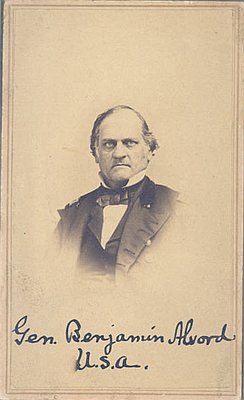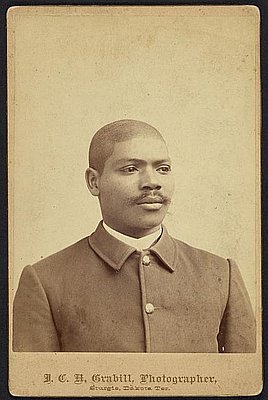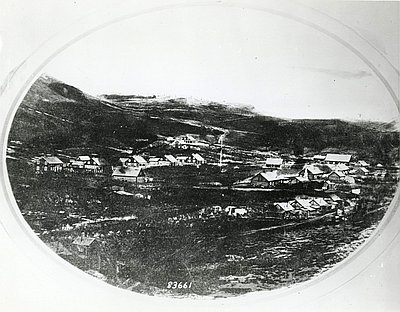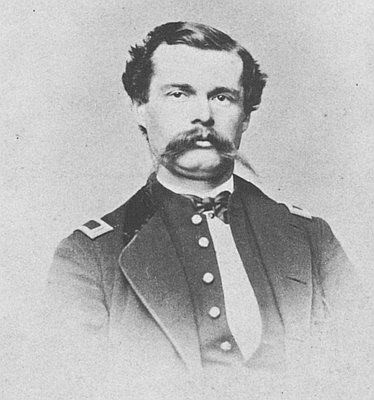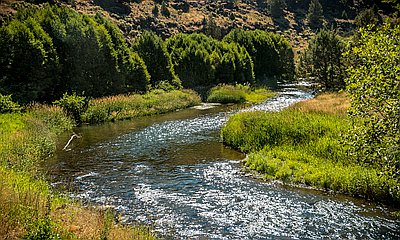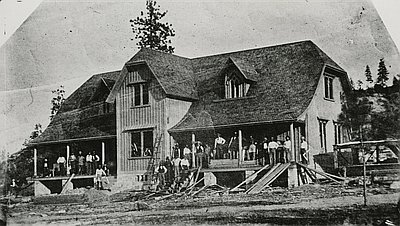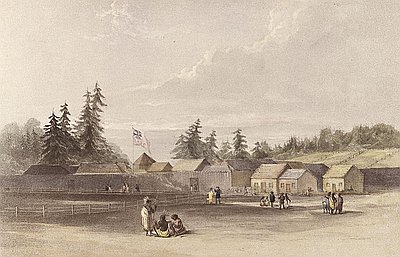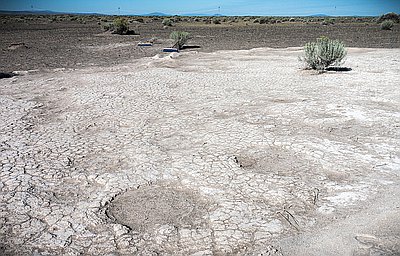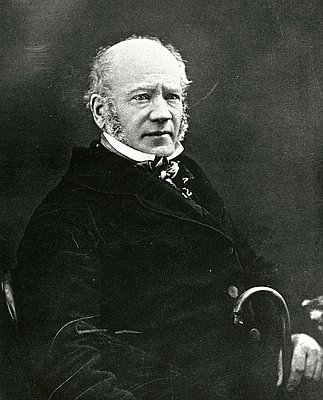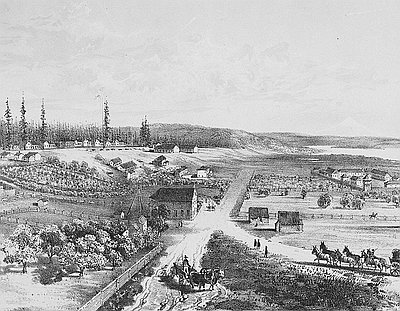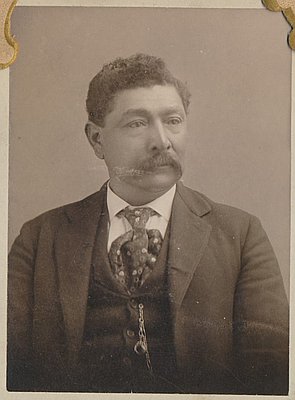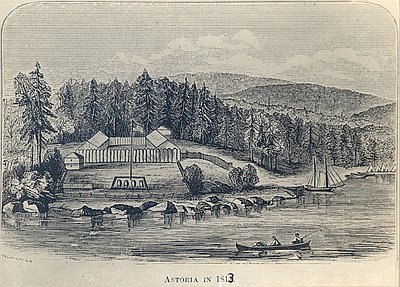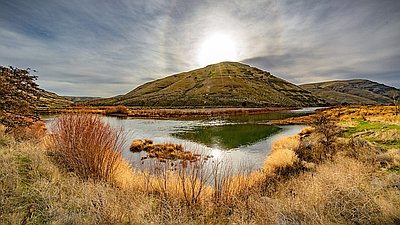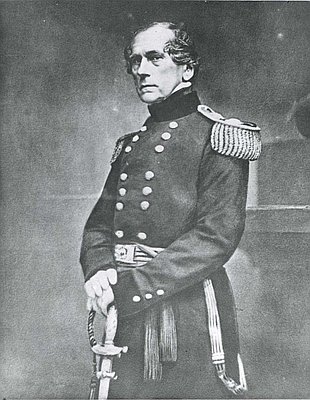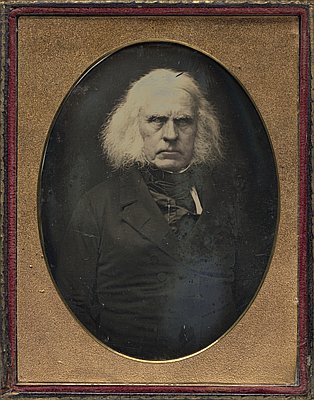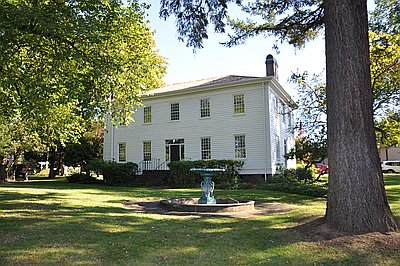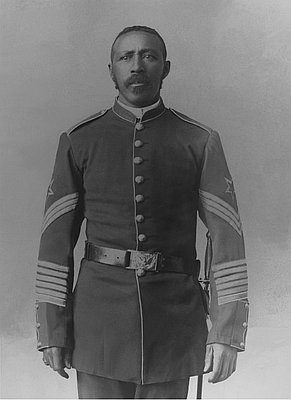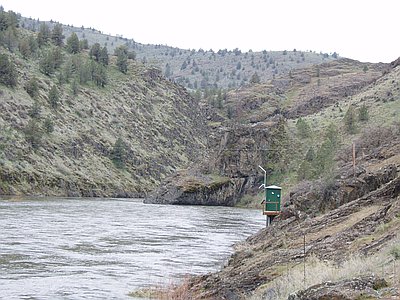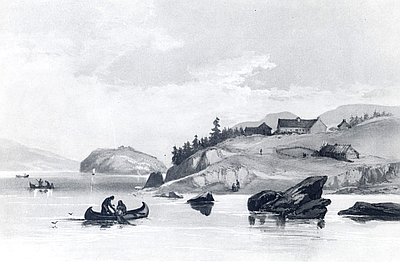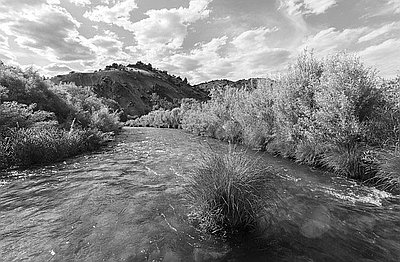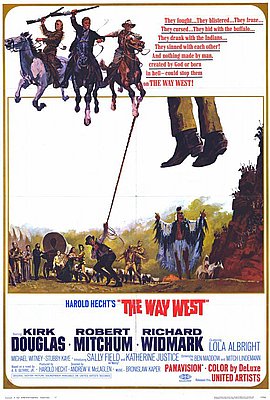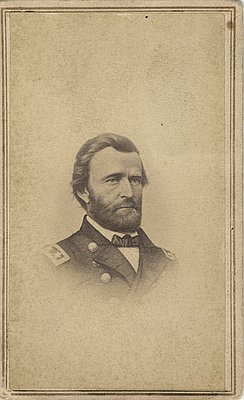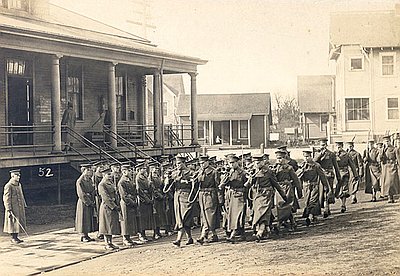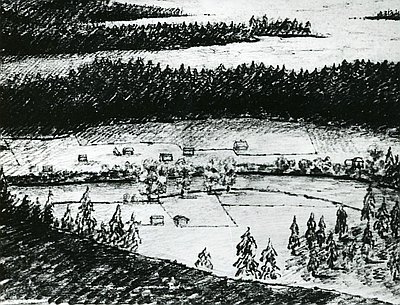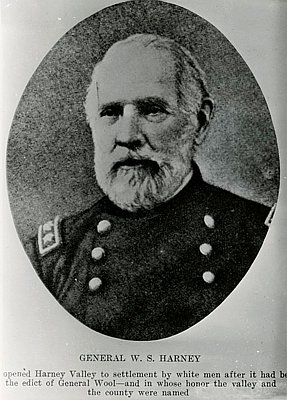Gregory P. Shine
Gregory P. Shine is a historian specializing in the American West, with a focus on Oregon's history. Over a 34+ year career in public service, Greg has contributed to the preservation and interpretation of historical resources through leadership roles with the Bureau of Land Management and the National Park Service. An experienced educator, he served for over a decade as adjunct faculty in Portland State University's History Department, teaching courses on digital media and the interpretation of historic sites. In 2024, Governor Kotek appointed Greg to Oregon's State Advisory Committee on Historic Preservation. Greg's scholarship includes books, studies, technical reports, presentations, exhibits, and digital media produced for federal agencies, as well as articles for Oregon newspapers and journals like the Oregon Historical Quarterly. His work reflects a deep commitment to preserving and sharing Oregon's history while incorporating the stories of people, places, and events often overlooked in traditional narratives.
Author's Entries
-
![Benjamin Alvord (1813-1884)]()
Benjamin Alvord (1813-1884)
An army officer, educator, writer, and naturalist, Benjamin Alvord was commander of the U.S. Army’s District of Oregon during the Civil War. His name is on several natural features in Harney County. Born in Vermont in 1813, Alvord graduated from the Military Academy at West Point in 1833. He followed …
Oregon Encyclopedia
-
![Buffalo Soldiers at Vancouver Barracks]()
Buffalo Soldiers at Vancouver Barracks
For thirteen months beginning in 1899, a company of 103 soldiers from the U.S. Army’s 24th Infantry—one of four African American regiments known as Buffalo Soldiers—garrisoned at Vancouver Barracks in Vancouver, Washington. The company arrived at the barracks during the brief period of time when respect for African American soldiers …
Oregon Encyclopedia
-
![Camp Harney]()
Camp Harney
From 1867 to 1880, the U.S. Army’s Camp Harney provided a strategic military presence in southeast Oregon that—under the auspices of protecting EuroAmerican mining, residents, and transportation—waged war against the Northern Paiute, Modoc, Nez Perce, Bannock, and other tribes during the Indian War era. Located just north of Harney Valley, …
Oregon Encyclopedia
-
![Charles Bendire (1836–1897)]()
Charles Bendire (1836–1897)
Charles Bendire was a U.S. Army officer and naturalist who brought the life histories of Oregon’s birds to an international audience through his collections and writings. His work from Oregon informed scientific understanding and helped establish his reputation as an oologist and ornithologist, leading ultimately to his appointment as honorary …
Oregon Encyclopedia
-
![Donner und Blitzen River]()
Donner und Blitzen River
From its headwaters on Steens Mountain, the Donner und Blitzen River winds northwest for 78 miles through public lands and a variety of ecosystems to its termination in Malheur Lake. The river drains over 200 square miles through deep, glacially carved mountain valleys and the marshy Blitzen Valley, collecting …
Oregon Encyclopedia
-
![Fort Dalles]()
Fort Dalles
Established as a small U.S. Army post in 1850 on a bluff overlooking the Columbia River near Wascopam Mission, Fort Dalles was the primary depot and base of operations for engagements and campaigns against tribes east of the Cascade Mountains between 1856 and 1858. Construction aimed at expanding the …
Oregon Encyclopedia
-
![Fort Vancouver]()
Fort Vancouver
Fort Vancouver, a British fur trading post built in 1824 to optimize the Hudson’s Bay Company’s operations in the Oregon Country, was the headquarters and central supply depot for the HBC’s operations west of the Rocky Mountains. It was, according to the company’s governor Sir George Simpson, “the great …
Oregon Encyclopedia
-
![Fossil Lake]()
Fossil Lake
A small, sandy playa in central Oregon's Fort Rock Basin, Fossil Lake is one of the nation's most significant fossil sites, with fossils ranging from 10,000 to 400,000 years old. Since the 1870s, this remnant of the prehistoric pluvial Fort Rock Lake has drawn the interest of paleontologists and geologists …
Oregon Encyclopedia
-
![George Simpson (1786?-1860)]()
George Simpson (1786?-1860)
The highest-ranking officer of the Hudson's Bay Company in North America, Sir George Simpson, was a talented administrative martinet who was indefatigable, ambitious, and revenue-driven. He effected the continental reorganization of the fur trade and its associated commerce following the merger of the Hudson’s Bay Company (HBC) and the North …
Oregon Encyclopedia
-
![Hudson's Bay Company]()
Hudson's Bay Company
Although a late arrival to the Oregon Country fur trade, for nearly two decades in the early nineteenth century the British Hudson’s Bay Company (HBC) dominated the region’s social, economic, and political life while ensuring profit to its shareholders. This quest for profit—achieved through the pioneering extraction of the Pacific …
Oregon Encyclopedia
-
![Joaquin "Chino" Berdugo (1850-1931)]()
Joaquin "Chino" Berdugo (1850-1931)
Joaquin “Chino” Berdugo was a prominent vaquero leader and stockman in southeast Oregon during the late nineteenth and early twentieth centuries. For over a decade, he served as the foreman and “buckaroo boss” for cattle baron Pete French, managing the skilled vaqueros who worked the cattle and horses on …
Oregon Encyclopedia
-
![John Day (1770?–1820)]()
John Day (1770?–1820)
John Day was an American hunter who came to Oregon in 1812 as a straggler from the Pacific Fur Company’s overland expedition to Astoria. Little is known of his life, including his eight years in the Oregon Country, but his name appears on more Oregon geographic features, towns, institutions, and …
Oregon Encyclopedia
-
![John Day River (north-central Oregon)]()
John Day River (north-central Oregon)
The 281-mile-long John Day River in north-central Oregon is the longest river flowing entirely within the state, the longest undammed river in Oregon, and the third-longest undammed river in the continental United States. The river system, extending 9,500 miles from the Blue Mountains to the Ochocos, drains over 8,000 square …
Oregon Encyclopedia
-
![John E. Wool (1784-1869)]()
John E. Wool (1784-1869)
Although his time spent in Oregon was short, General John E. Wool was arguably the most important U.S. military officer to affect relations between Native and non-Native people in the Pacific Northwest. As commander of the U.S. Army’s Department of the Pacific from 1854 to 1857, the violet-eyed disciplinarian materially …
Oregon Encyclopedia
-
![John McLoughlin (1784-1857)]()
John McLoughlin (1784-1857)
One of the most powerful and polarizing people in Oregon history, John McLoughlin championed the Hudson’s Bay Company’s (HBC) business interests in the Pacific Northwest. He was a striking figure, with steel blue-grey eyes, a ruddy complexion, a tall, muscular frame, and shoulder-length white hair. George Simpson, the HBC’s …
Oregon Encyclopedia
-
![McLoughlin House Unit of Fort Vancouver National Historic Site]()
McLoughlin House Unit of Fort Vancouver National Historic Site
One of the grandest and most elaborate homes in Oregon when it was built in 1846, the McLoughlin House in Oregon City was home to Dr. John McLoughlin after his retirement as chief factor overseeing Hudson’s Bay Company operations in the northwest from Fort Vancouver. Efforts to save the …
Oregon Encyclopedia
-
![Moses Williams (1845-1899)]()
Moses Williams (1845-1899)
Born in rural Louisiana in 1845, Moses Williams joined the U.S. Army in 1866 and embarked on a thirty-one-year military career in the American West, leading troopers of the 9th U.S. Cavalry’s Buffalo Soldiers and receiving the army’s highest award, the Medal of Honor. From his posting as ordnance sergeant …
Oregon Encyclopedia
-
![North Fork John Day River]()
North Fork John Day River
Flowing 113 miles westward from the Blue Mountains, the North Fork John Day River drains a 1,850-square-mile section of north-central Oregon. Included in the Oregon Scenic Waterways Program and the National Wild and Scenic Rivers System, the North Fork hosts the largest spawning population of wild spring chinook and …
Oregon Encyclopedia
-
![North West Company]()
North West Company
First organized in 1779 by a small group of Canadian fur traders based in Montreal, the North West Company dominated the North American fur trade west of the Rocky Mountains from 1813 to 1821, outpacing the Hudson’s Bay Company west across the Rocky Mountains to the Columbia River and supplanting …
Oregon Encyclopedia
-
![South Fork John Day River]()
South Fork John Day River
From its headwaters in the fir and ponderosa pine forests of Grant and Harney Counties, the South Fork John Day River flows northward for about sixty miles to the river’s main stem near Dayville, carving a corridor through the rocky basalt, rangeland, and western juniper woodland of the far south …
Oregon Encyclopedia
-
![The Way West (film)]()
The Way West (film)
The Way West, a big-budget western film that was universally panned by critics, brought Hollywood stars to Oregon in the spring and summer of 1966. Using natural landmarks as iconic locales, the film tells a story of immigrants challenged during a wagon train crossing of the Oregon Trail. Produced …
Oregon Encyclopedia
-
![Ulysses S. Grant (1822-1885)]()
Ulysses S. Grant (1822-1885)
Ulysses S. Grant, a native of Ohio, graduated from the U.S. Military Academy in 1843 and embarked on a career in the U.S. Army, rising to the rank of general-in-chief for the United States during the Civil War. Grant effectively parlayed his wartime fame into political office and was elected …
Oregon Encyclopedia
-
![Vancouver Barracks]()
Vancouver Barracks
Established in 1849, Vancouver Barracks played a pivotal role in regional, national, and international military operations for nearly a century. The first U.S. Army post in Oregon Territory, its strategic location on the north side of the Columbia River (in present-day Vancouver, Washington) enabled it to serve as an administrative, …
Oregon Encyclopedia
-
![Voyageurs]()
Voyageurs
In the history of the North American fur trade, only the mountain man rivals the voyageur in myth, romance, and folklore. Beyond the singing, storytelling, and colorful appearance most often associated with voyageurs, their lives were among the most physically and mentally demanding of the era. Some have applied …
Oregon Encyclopedia
-
![William Selby Harney (1800-1889)]()
William Selby Harney (1800-1889)
A brash, opportunistic cavalry officer with an explosive temper and a vindictive predilection for conflict with Indians, fellow officers, and foreign powers, Gen. William Selby Harney led the U.S. Army’s Department of Oregon from 1858 to 1860. During his time in Oregon, he expanded military roads and protection while waging …
Oregon Encyclopedia


